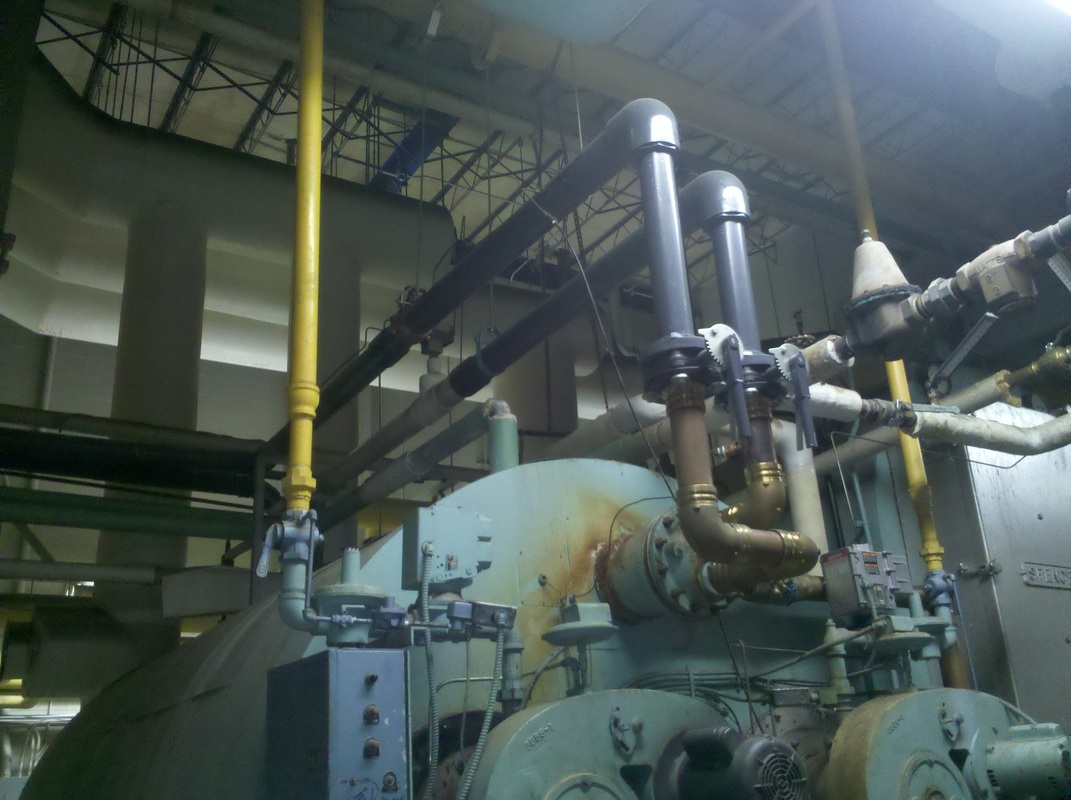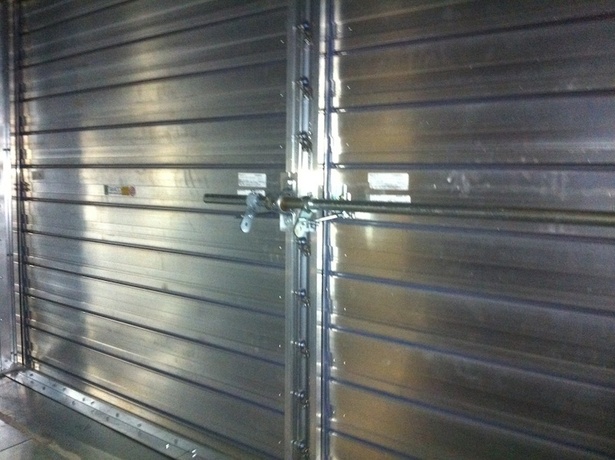By Joel Erway
To begin to understand the principles of energy savings with occupant comfort, one must understand the concept of pressure independent systems couple with variable frequency drives (VFDs). VFDs are utilized in both air side and wet side applications, but for this application we will be discussing hydronic systems. In short, a VFD enables a hydronic system to operate more efficiently through multiple pump system curves versus the age-old method of single speed pumping with modulating pressures (substantially less efficient).
Joe Stagg - Pipeline Development Company
I met Joe earlier this month at a training seminar for the pump manufacturer that I represent outside of Atlanta. His company, Pipeline Development Company, shares a similar motive with HVACLive in their intent to provide free, un-biased education to the HVAC industry. Through on-site training classes or webinars he offers continuing education and PDH credits.
When he began his presentation he talked about his role as an educator and how he taught classes on systems/products without directly promoting the affiliation for which he had been sponsored by. He has a background as a sales representative and I found his approach intriguing.
His experience and education background led to the simplest and easiest presentation that I've ever attended when it comes to hydronic systems. The best way for you to understand this topic is to hear it first hand for yourself directly from Joe.
Click here, and enjoy...
When he began his presentation he talked about his role as an educator and how he taught classes on systems/products without directly promoting the affiliation for which he had been sponsored by. He has a background as a sales representative and I found his approach intriguing.
His experience and education background led to the simplest and easiest presentation that I've ever attended when it comes to hydronic systems. The best way for you to understand this topic is to hear it first hand for yourself directly from Joe.
Click here, and enjoy...




 RSS Feed
RSS Feed